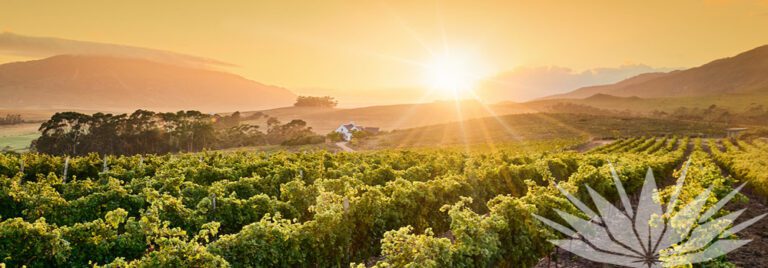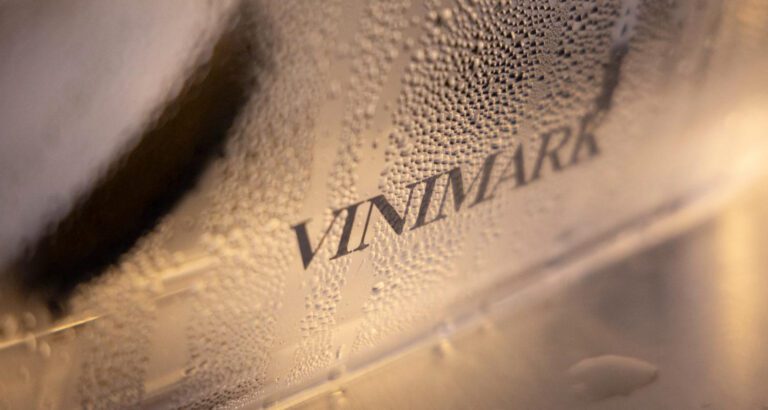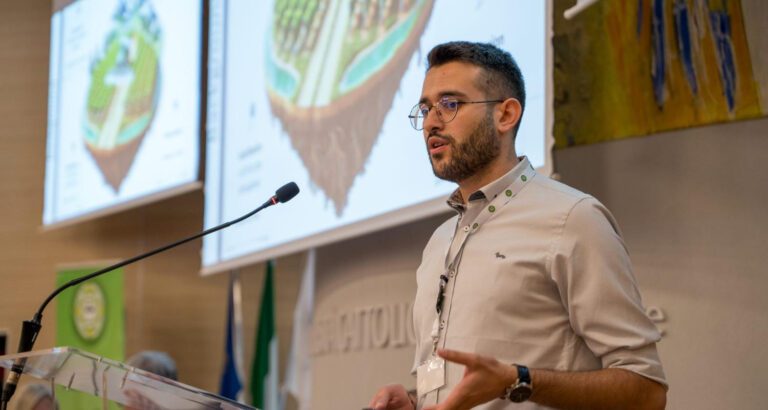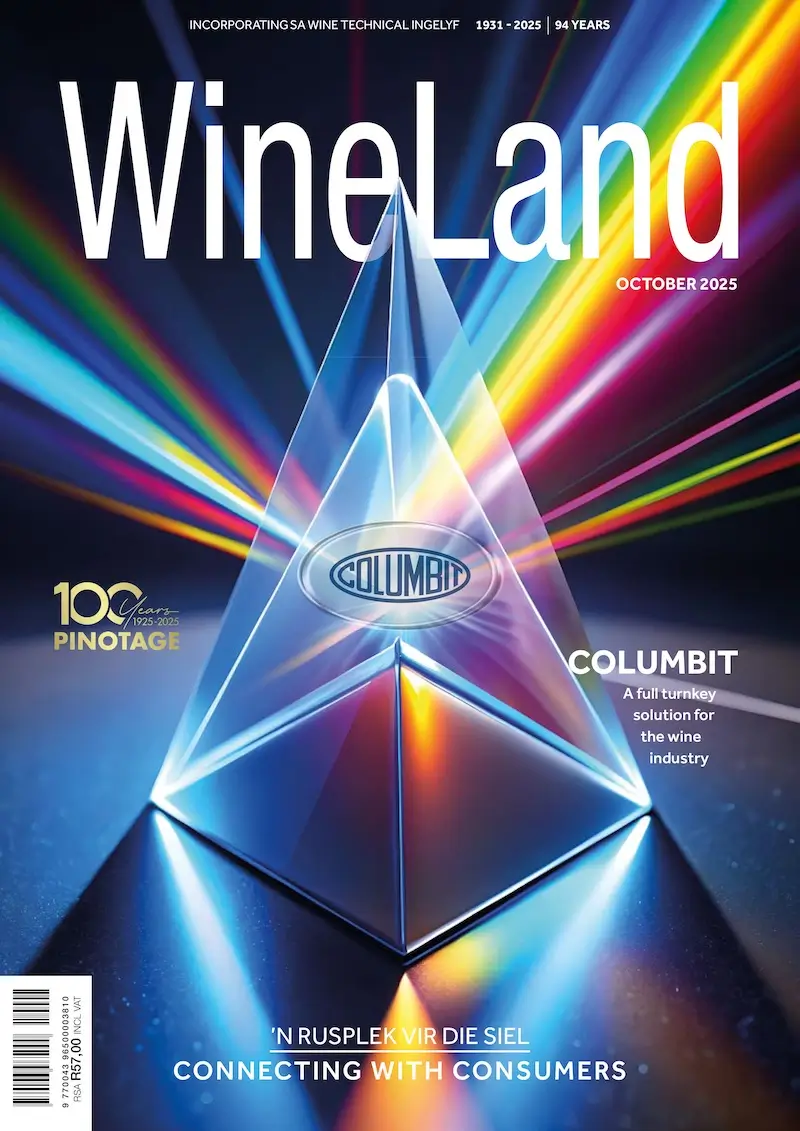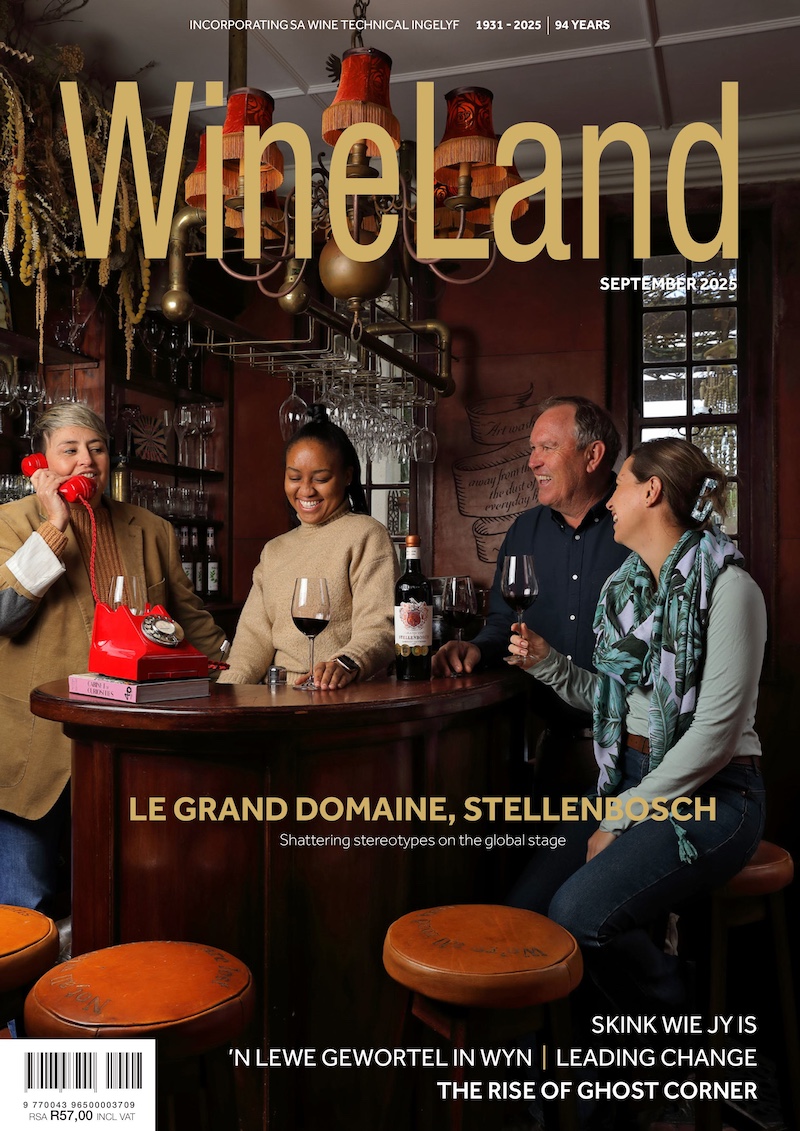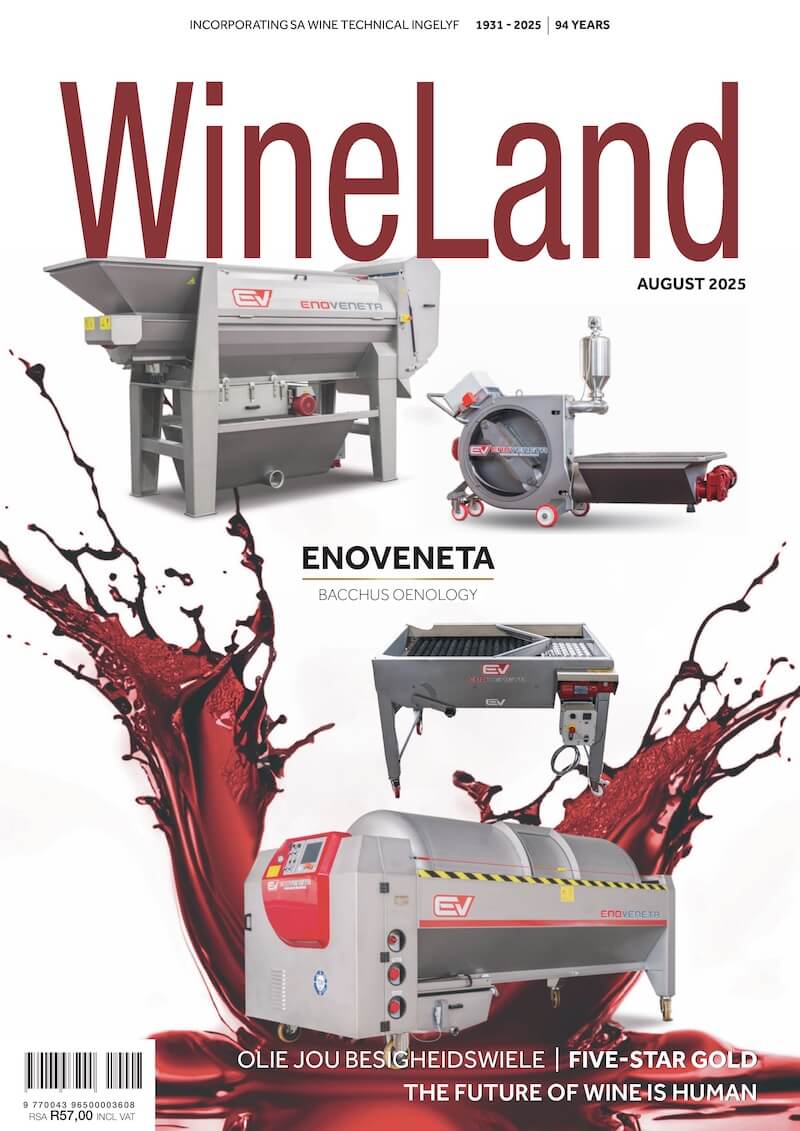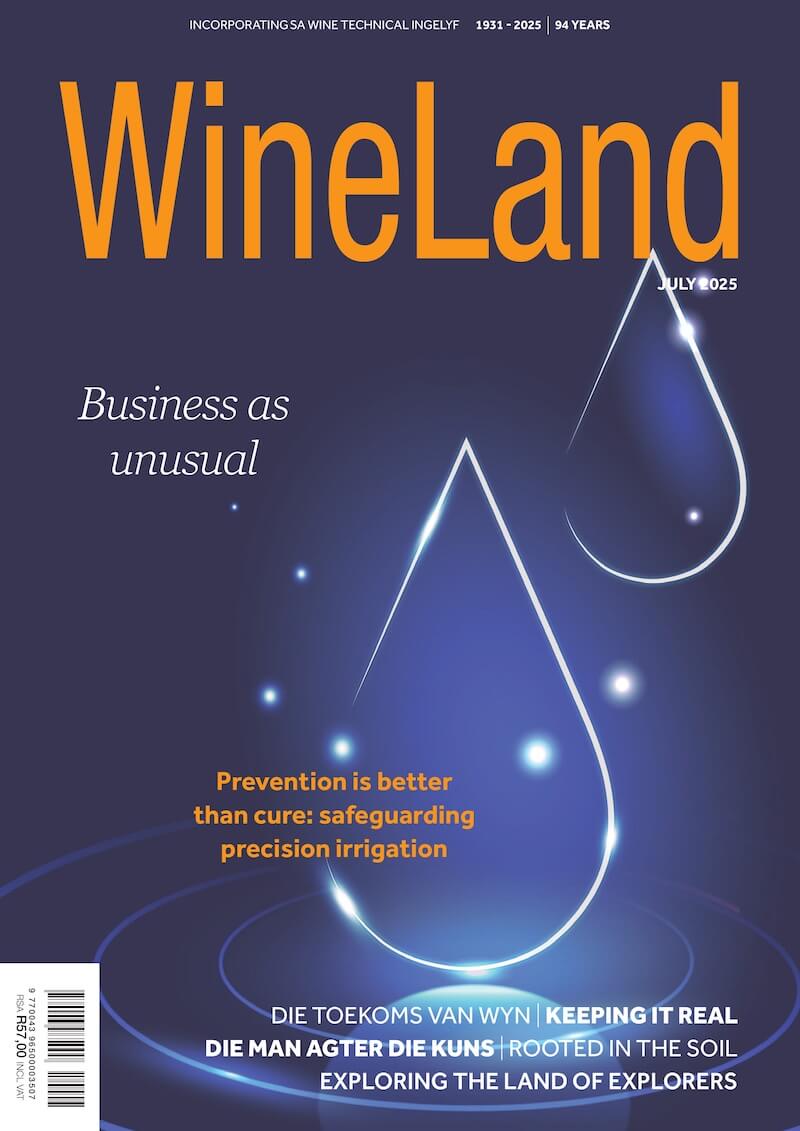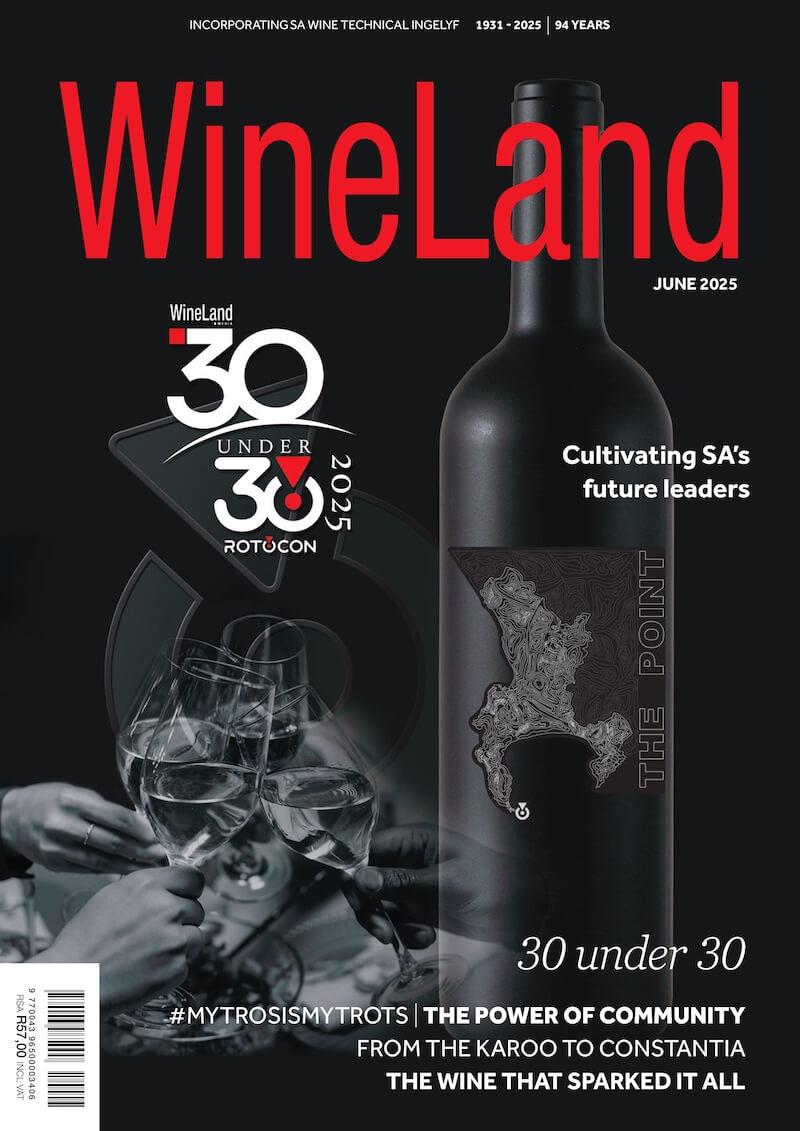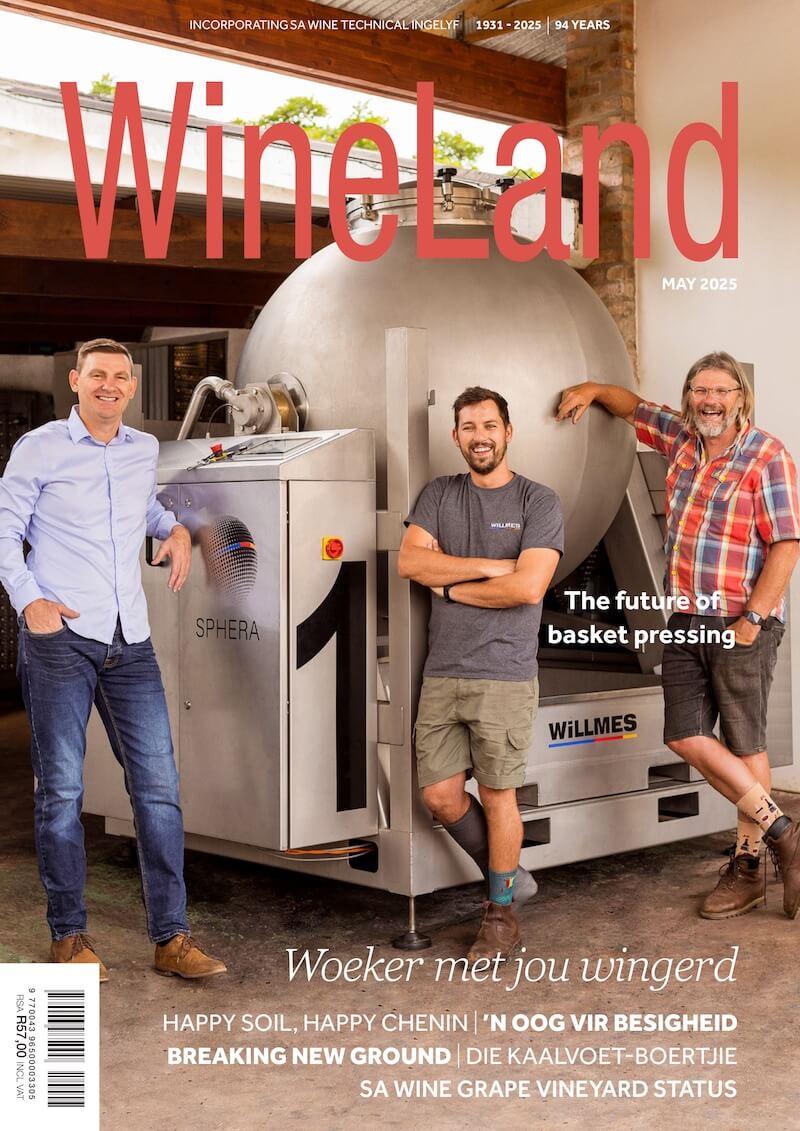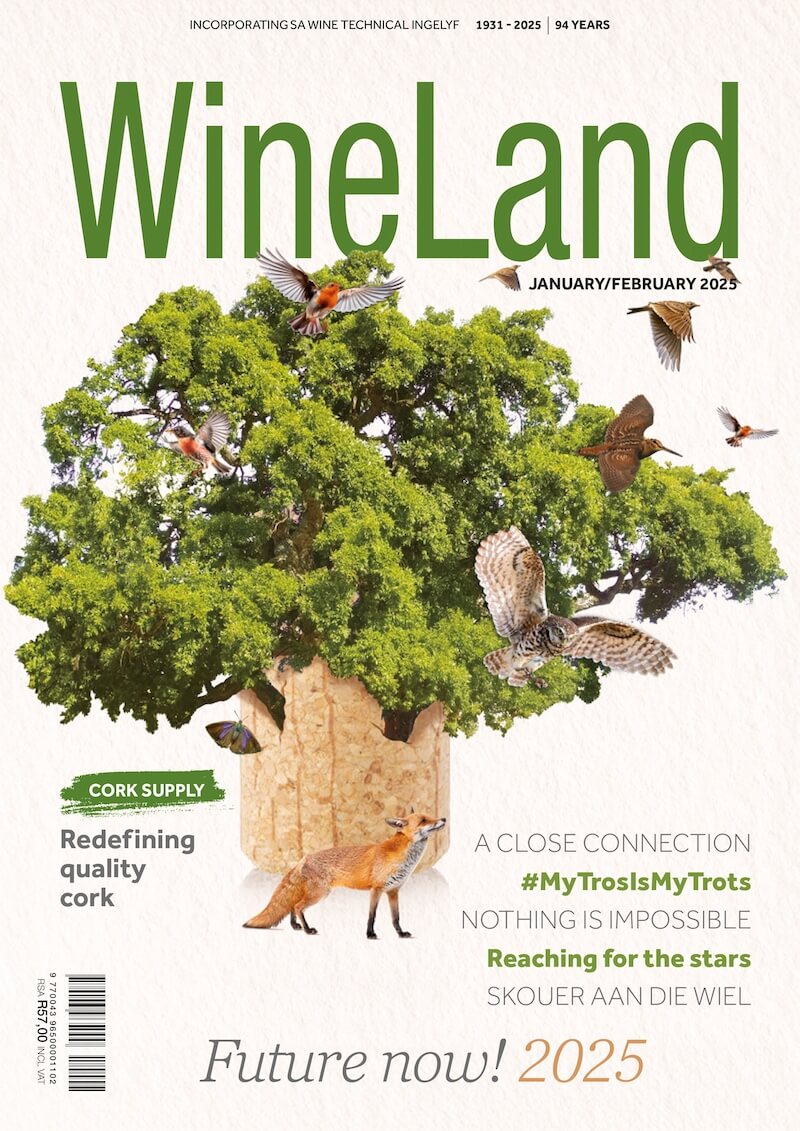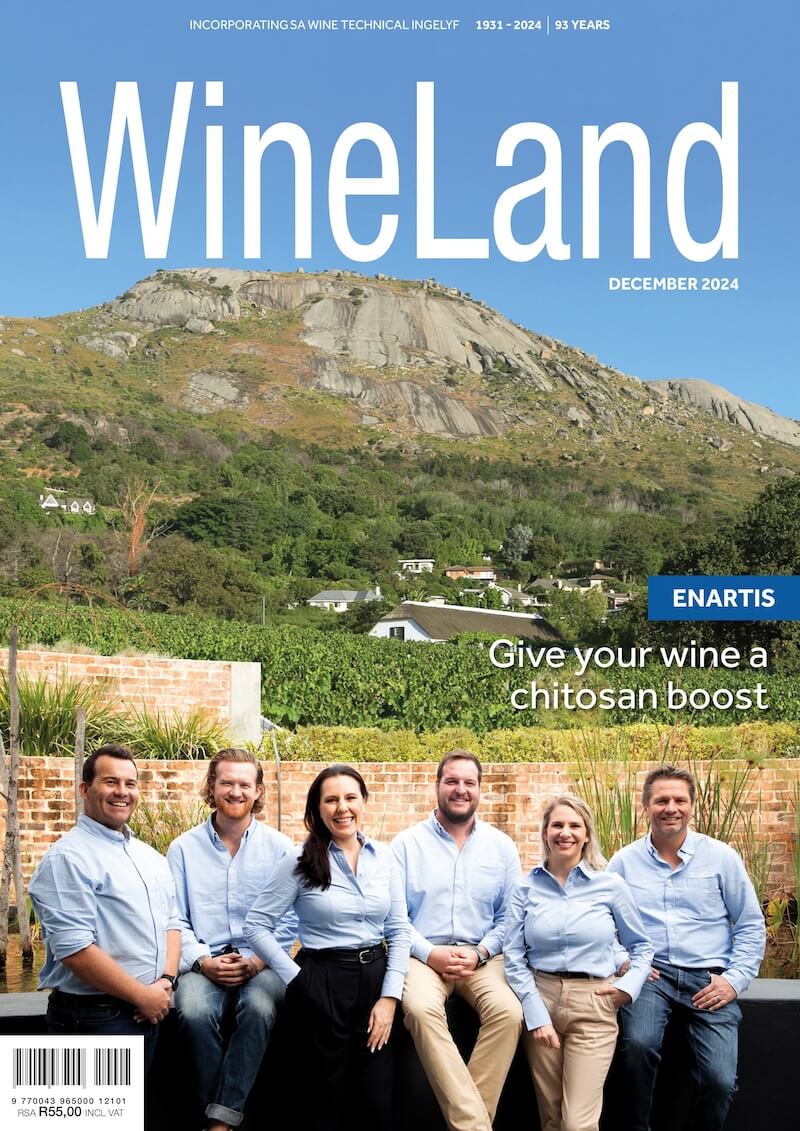Paul Gougis is an engineer in agriculture and the food industry with a technical diploma in viticulture and oenology, and global sales and technical consultant for Vivelys and Boisé France. Vivelys has led innovation in oxygen management and wine style development for over 25 years, connecting applied research with practical winemaking worldwide, from fermentation security to ageing optimisation. In Southern Africa, this expertise is shared through Seugnét Rossouw of Veraison Wine Innovation, Vivelys’ local partner, which acts as the bridge between global research and local cellars.

Paul Gougis
Oxygen is traditionally seen as a danger in the cellar. What are the biggest myths about oxygen in wine, and why is controlled oxygenation so different?
For decades, oxygen has been treated as the “enemy” of winemaking. The fear is understandable: uncontrolled oxygen leads to dull fruit, premature ageing, and oxidation also rapid drop in colour intensity and tint modification. But the myth is that all oxygen is bad. In reality, it’s uncontrolled oxygen that causes harm. Oxygen-controlled injection is one of the most powerful tools in a winemaker’s hands.
Louis Pasteur already noted in 1866 that oxygen transforms rough young wines by removing unwanted characteristics. Today, research confirms that precise oxygenation strengthens tannin–anthocyanin bonds, stabilises colour, softens tannins, and improves oak integration. Instead of destroying fruit, controlled oxygen helps fruit aromas mature and integrate.
By avoiding oxygen entirely, winemakers often face different risks: sluggish fermentations, unbalanced tannins, “green” characteristics, or long ageing cycles that tie up resources. Controlled oxygenation, on the other hand, is not guesswork – it is measurable, timed, and secure. The result is a safeguard, not a threat. With oxygen-controlled injection, the winemaker has the control and is able to apply a repeatable process
Fermentation security is a growing concern. How does oxygen during alcoholic fermentation support yeast and prevent costly problems?
Alcoholic fermentation (AF) is a critical stage where small issues can spiral into big losses. It is a key stage where the winemaker has to secure the aromatic potential of the wine. Stressed yeast often leads to sluggish or stuck fermentations, volatile acidity, or tank blockages – each of which costs time, money, and affects wine quality.
Oxygen plays a central role in securing fermentations. Early in AF, yeast require oxygen to build sterols in their cell membranes. This improves nutrient absorption, strengthens resistance to alcohol, and maintains a healthy population until the end of fermentation. The technique, known as cliquage, provides a precise oxygen dose that yeast use as “fuel” without harming aromas or phenolics.
The results are tangible: in Vivelys’ trials, fermentations secured with oxygen consistently finished faster, with AF durations shortened by around 30% compared to controls. This means fewer stuck fermentations, lower risk of spoilage, and quicker tank turnover.
How can oxygen help winemakers eliminate negative flavours and reshape wine profiles?
Many wines show “green” or bitter characteristics, especially in challenging vintages or with certain varieties. Compounds such as IBMP (responsible for “vegetal” notes) can dominate, while reductive faults or harsh tannins mask fruit expression. Traditionally, winemakers have little choice but to blend these issues away or accept them.
Controlled oxygenation changes that equation. Oxygen reduces the perception of vegetal notes, softens bitterness and astringency, and resolves reductive characteristics. At the same time, it boosts positive attributes: aromatic intensity, fruit purity, roundness and length. Trials consistently show that even with no change in IBMP concentration, sensory perception of “green” characteristics drops dramatically when oxygen is applied correctly.
This is because oxygen modifies the wine’s phenolic balance. Tannins and anthocyanins stabilise, oak integrates more smoothly, and aromatics gain definition. Wines that once risked being lean or angular become rounder, fresher, elegant and more marketable.
How can oxygen management reduce ageing time while still increasing long-term stability?
Ageing is one of the most resource-heavy parts of winemaking. Barrels, space, and time all carry high costs, and every extra month ties up cashflow. Winemakers often feel forced to choose between releasing wines too early or holding them back for years.
Oxygen offers a way to break this trade-off. Through continuous, precise micro-oxygenation adapted to the wine characteristics, wines undergo controlled polymerisation of tannins and anthocyanins. This softens astringency, builds volume on the palate, and integrates oak aromas faster. Wines that once needed long cellaring to achieve balance can now reach harmony sooner, freeing capacity and reducing costs.
Crucially, this acceleration doesn’t compromise longevity. On the contrary, oxygen stabilises colour and strengthens tannin structures, making wines more resistant to oxidative risks later. The outcome is “early readiness” combined with improved shelf life.
With climate change pushing grapes to higher ripeness and alcohol, how does oxygen help winemakers stay consistent vintage after vintage?
Climate change is reshaping vineyards worldwide. Grapes are ripening faster, sugars and alcohols are higher, and phenolic maturity doesn’t always align. The result can be stressed fermentations, imbalanced tannins, and style drift from one vintage to the next.
Here, oxygen becomes a stabilising force. During AF, controlled oxygen strengthens yeast resilience against alcohol stress, reducing the risk of incomplete fermentations. Post-fermentation, precise oxygenation softens tannins, harmonises structure, and integrates elevated alcohol levels into the palate. On a sensory level, it allows winemakers to fine-tune fruit expression – balancing ripeness with freshness to maintain cellar style.
This adaptability is critical in an unpredictable climate. With oxygen management, winemakers are no longer at the mercy of vintage extremes. They gain the ability to consistently deliver wines that reflect their identity and style, and meeting consumer expectations, even when raw material shifts year by year.

